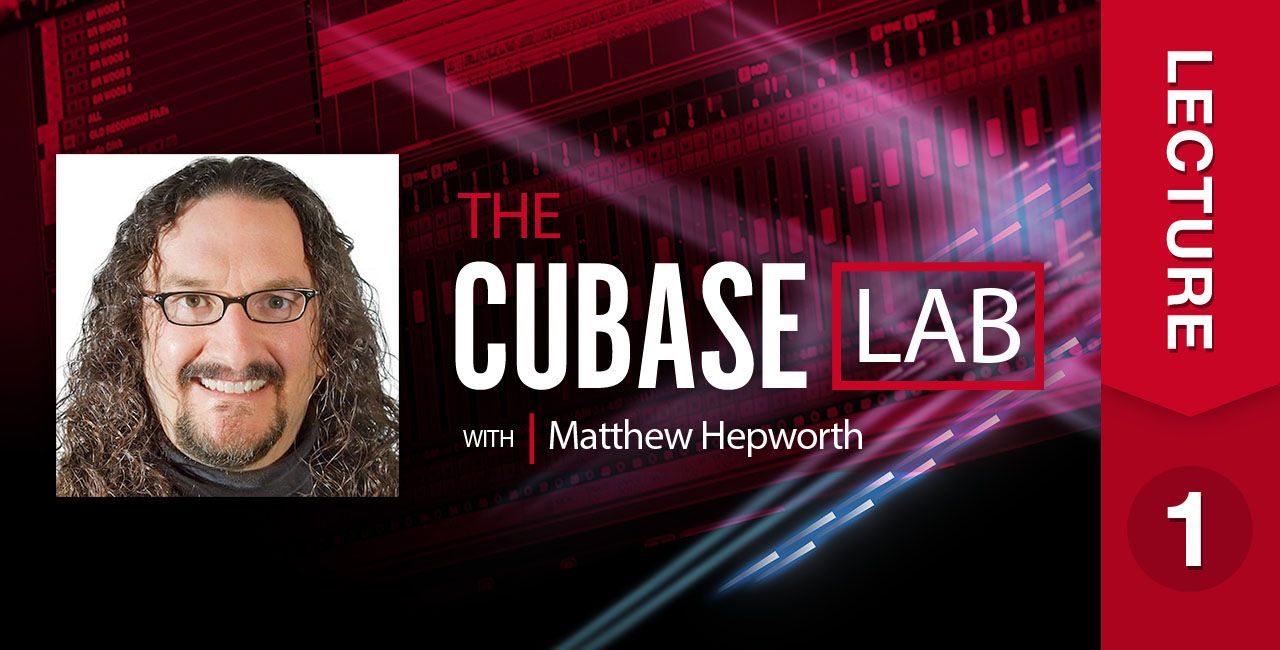
#Mastering tips cubase 5 how to#
#Mastering tips cubase 5 Offline#
Cubase Offline Processing Cubase 5 Beatmaking with Groove Agent One and Beat.

Cubase Video Tutorial - Vocoder (Transformers Style) Cubase 5 (Stretching Audio) - Creative Variaudio &.


Cubase Guru - Using MIDI Mapping In Cubase.Cubase 5 Beatmaking with Groove Agent One and Beat.Cubase Guru - How To Use A Compressor - Sonnox Nat.Cubase Tutorial - Tech Tip 8 - Create Stereo Width.Cubase 5 - Vocal Editing and Pitch Correction.Hip Hop Drums and Bass Production and Recording Te.How to Produce Music with Synthesizers and Virtual.If Live mode is activated, there is no latency, which is better for live processing. Look-ahead produces more accurate processing, but adds a specific amount of latency as a trade-off. Source : And go by ear, not by your meters. And again, if you like and that you think the video is helpful, share and like. If this button is activated, the look-ahead feature of the effect is deactivated. A song, you’ll need to mix and master them before you can distribute it. As a general guideline, RMS mode works better on material with few transients such as vocals, and Peak mode works better for percussive material with a lot of transient peaks. RMS mode operates using the average power of the audio signal as a basis, whereas Peak mode operates more on peak levels. A value of 0 is pure peak and 100 pure RMS. Analysis (Pure Peak to Pure RMS)ĭetermines whether the input signal is analyzed according to peak or RMS values, or a mixture of both. If the Auto button is activated, the plug-in automatically finds the best release setting for the audio material. Sets the time after which the gain returns to its original level when the signal drops below the threshold. Short hold times are useful for DJ-style ducking, while longer hold times are required for music ducking, for example, when working on a documentary film. Sets the time the applied compression affects the signal after exceeding the threshold. If the attack time is long, more of the early part of the signal passes through unprocessed. Attack (0.1 to 100 ms)ĭetermines how fast the compressor responds to signals above the set threshold. If the Auto button is activated, the knob becomes dark and the output is automatically adjusted for gain loss. Make-Up (0 to 24 dB or Auto mode)Ĭompensates for output gain loss, caused by compression. Start with a compressor and perhaps seek out a preset for mastering that closely matches the style of music you’re working with. If Soft Knee is activated, the onset of compression is more gradual, producing a less drastic result. At this point you may want to use a dedicated mastering plug-in like iZotope’s Ozone or T-RackS, but we’re going to assume you’re sticking with Cubase’s own plug-ins or equivalents.

If this button is deactivated, signals above the threshold are compressed instantly according to the set ratio (hard knee). A ratio of 3:1 means that for every 3 dB the input level increases, the output level increases by 1 dB. Sets the amount of gain reduction applied to signals above the set threshold. Only signal levels above the set threshold are processed. Threshold (-60 to 0 dB)ĭetermines the level where the compressor kicks in. Compressor also features a Gain Reduction meter that shows the amount of gain reduction in dB, Soft knee/ Hard knee compression modes, and a program-dependent auto feature for the Release parameter. Compressor features a separate display that graphically illustrates the compressor curve that is shaped according to the Threshold and Ratio parameter settings.


 0 kommentar(er)
0 kommentar(er)
